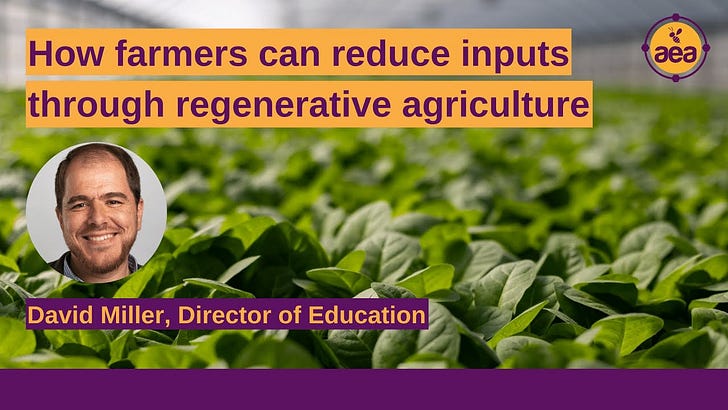Biology vs. Chemistry in Soil Health & Fertility
Biological crop inputs are intended to offer farmers substitutes for commercial fertilizers. They tend to disappoint when expected to perform the same.
The Origin of Fertilizers
Historically, crops were fertilized with animal manure and soils were given rest periods to restock the nutrients extracted from the previous harvest. Ammonium, nitrate, and synthesized ammonia fertilizers were discovered in the early 1900’s, and put into mass production in 1940-50, after World War II popularized nitrogen manufacturing for explosives.
Since then, fertilizer applications on field crops have increased significantly, while soil organic matter and biodiversity have been lost. The webinar below provides an excellent overview of the implications on soil health, and how farmers today can move along a pathway of reducing fertilizer applications and improving crop returns simultaneously.
Expanded Thinking, Measuring & Lab Analysis
There’s a learning curve involved in how photosynthesis spurs plant activity sending carbohydrates out through the roots to feed soil biology for solubilizing nutrients into forms that plants can use to grow. After education, the most important tool for enacting a successful input-reduction cropping system is lab measurements.
Standard extract-and-replace soil testing ends up recommending excessive fertilizer applications to achieve a target yield in coming season. In fact, it is profit that marks success - not yields alone - and for grain farms, fertilizer is often the biggest operating expense.
Keep reading with a 7-day free trial
Subscribe to Prairie Routes Research to keep reading this post and get 7 days of free access to the full post archives.



